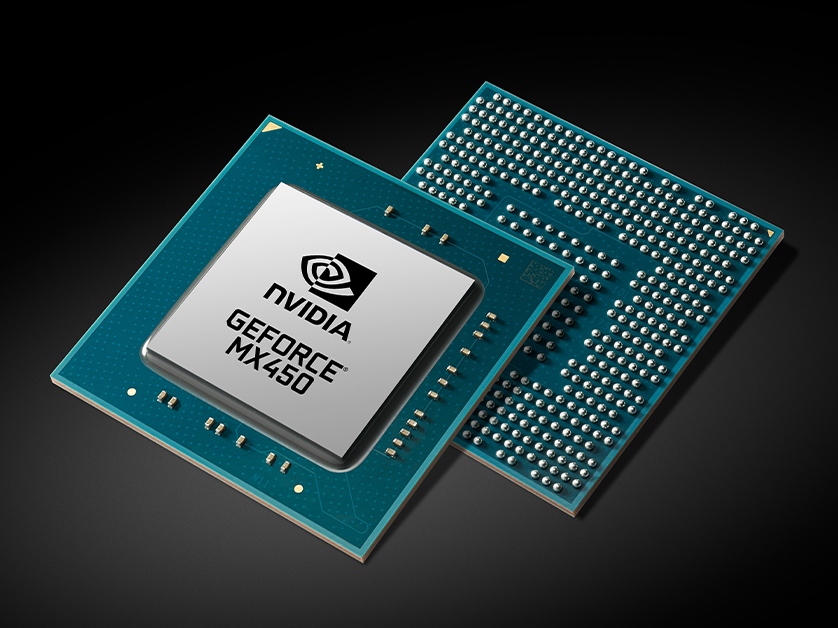 1280x720 fortnite
1280x720 fortnitePrior to the Intel 10th gen CPU series, gaming on thin-and-light laptops was largely limited to models with discrete Nvidia GeForce MX graphics options such as the MX150, MX250, or MX350. The integrated UHD Graphics 620 solutions that were prevalent in most Ultrabooks at the time had nowhere near the horsepower needed to run even basic games like Rocket League or DOTA 2 at decent frame rates.
The introduction of Iris Xe on Intel 11th gen CPUs to replace the aging UHD Graphics 620 on older processors would subsequently increase graphics performance by as much as 200 to 300 percent all while maintaining a similar power envelope of under 25 W. Gaming would suddenly become possible on traditional thin-and-light laptops with no discrete graphics options like the Dell XPS 13, Asus Zenbook 14, or even small business laptops like the HP EliteBook 840 Aero G8. The availability of GeForce MX options would decrease significantly as many manufacturers were satisfied with Intel's Iris Xe solution on most models. By dropping GeForce MX GPUs, newer laptop designs could generally be made thinner, lighter, and longer-lasting as well.
Are there still any reasons to configure or choose laptops with GeForce MX graphics instead of Iris Xe? Though they're not as common, we've tested at least 15 laptops thus far with the latest GeForce MX450 including the Lenovo IdeaPad 5 Pro 16IHU6, MSI Modern 14, and Asus ZenBook 14X OLED. On average, laptops with the MX450 will outperform a laptop with Iris Xe 96 EUs graphics on all tested games. Certain games like Fortnite or DOTA 2 would run significantly faster on MX450 laptops by 80 to 100 percent while other games like Tiny Tina's Wonderlands may see a smaller boost of around 30 percent or less. Even so, the performance differences between Iris Xe and the GeForce MX450 can still be very noticeable despite their misleading neck-to-neck 3DMark scores.
If you're looking to maximize gaming performance without resorting to GeForce GTX or RTX GPUs, then you'll still want to keep an eye out for the GeForce MX450.

Allen Ngo - Lead Editor U.S. - 4986 articles published on Notebookcheck since 2011
After graduating with a B.S. in environmental hydrodynamics from the University of California, I studied reactor physics to become licensed by the U.S. NRC to operate nuclear reactors. There's a striking level of appreciation you gain for everyday consumer electronics after working with modern nuclear reactivity systems astonishingly powered by computers from the 80s. When I'm not managing day-to-day activities and US review articles on Notebookcheck, you can catch me following the eSports scene and the latest gaming news.